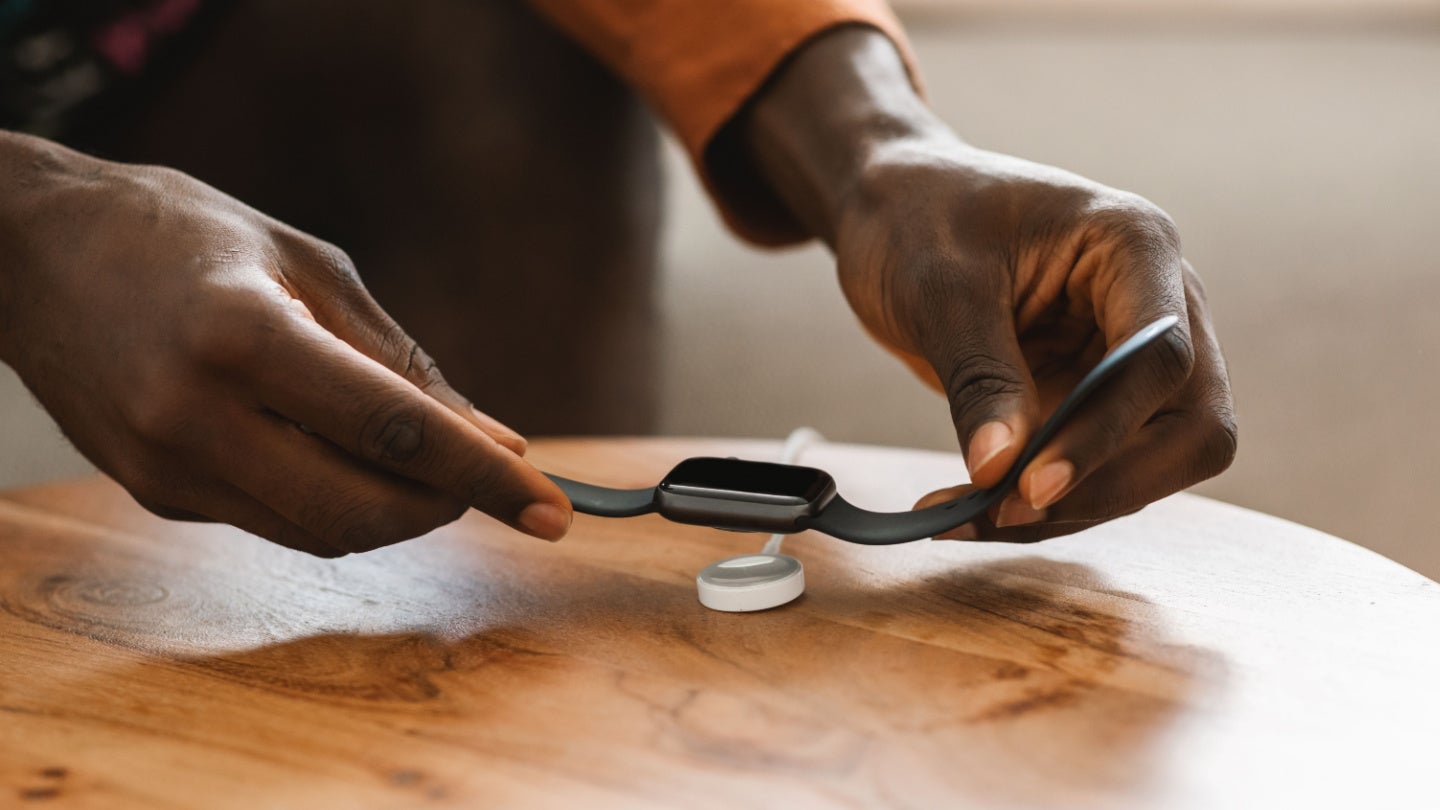
The US International Trade Commission (ITC) has issued a statement regarding the violation of a patent by Apple in its Apple Watch Series 6, which came out in 2020.
In the statement, the ITC states that Apple’s smartwatch design violates a patent published by Masimo regarding the design of the pulse measurement system. Masimo first filed a complaint against Apple back in August 2021.

Access deeper industry intelligence
Experience unmatched clarity with a single platform that combines unique data, AI, and human expertise.
The ITC’s ruling could potentially impose an import ban on Apple’s smartwatches, which are currently made in Vietnam.
US President Joe Biden could potentially veto the ban within the next 60 days, but this action is rare, according to Reuters. Apple can still appeal the ban after its review.
Masimo CEO Joe Kiani was pleased with the decision.
“Today’s ruling by the USITC sends a powerful message that even the world’s largest company is not above the law,” he stated.

US Tariffs are shifting - will you react or anticipate?
Don’t let policy changes catch you off guard. Stay proactive with real-time data and expert analysis.
By GlobalDataA potential import ban, in the months before Christmas, could be far more damaging to Apple than a fine. As research analyst company GlobalData explains in its 2023 report into tech regulation, large fines are easily “shrugged off” by Big Tech.
GlobalData’s patent analytics database between 2020 and 2023 shows that wearable technology that tracks a user’s health has continued to be popular.
Publications of related patents have steadily remained above 3000, peaking at almost 4000 in January 2022.
By 2030, GlobalData forecasts that the total global market for wearable technology will be worth $290bn, rising at a CAGR of 14.3%.
Whilst smart glasses and VR headsets have remained fairly unpopular due to shorter hype cycles and a lack of appealing use cases, smartwatches make up the second largest wearable tech group behind hearables (wireless headphones and earpieces).
GlobalData notes that while smart glasses have failed to become mainstream due to their inability to replace a smartphone, smartwatches paired with a user’s phone have increasingly replaced fitness bands and regular watches.
This ban on Apple is significant, as GlobalData credits the company with creating popular wearables that drive demand due to the Apple brand’s synonymity with fashion and appearance.
Writing on Apple’s design in a Medium blog post in 2015, Shahrzad Samadzadeh wrote about Apple’s role in offering its customers an “aspirational lifestyle” through its products rather than cutting-edge technology.
Reflecting on the 2013 release of the iPhone, Samadzadeh states that Apple used the “visual style” of its phone as the differentiating factor.
In wearable technology, this style feature will be instrumental in generating sales and hype. Companies wanting to dip into the market will need to consider this design element at the forefront of their service, rather than relying on relying solely on pioneering technology.






